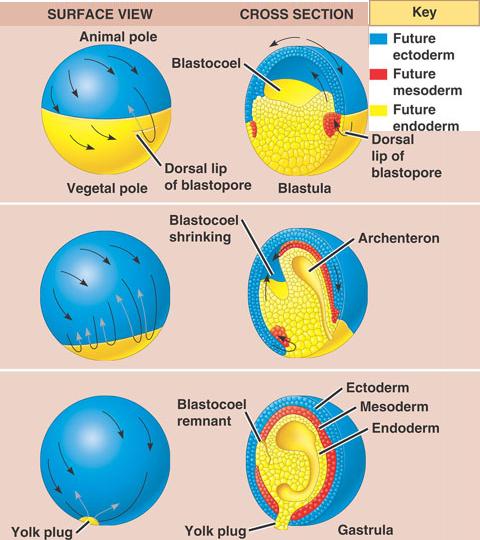
Classification of Deuterostomiaĭeuterostomia are mainly a group of animals (Kingdom: Animalia) that are characterized by their process of anus formation. Phylum Ambulacraria, on the other hand, consists of all the exclusively marine Echinoderms (for example, sea stars, brittle stars, sea urchins, sand dollars, sea cucumbers, and sea lilies) and Hemichordates (includes the soft-bodied and benthic worm-like animals). The phylum Chordata again consists of two marine groups, i.e., Cephalocordata (includes the fish-like lancelets), Tunicata (for example, the sea squirts, salps and relatives) and Vertebrates (fishes, amphibians, reptiles, birds, and mammals). The phyla Echinodermata, Ambulacraria and Chordata are included under the refined classification of the superphylum Deuterostomia. In this process, the lophophorates were removed from Deuterostome and was combined with other protostome animals to form the superphylum Lophotrochozoa. But in the year 1995, this superphylum was again redefined on the basis of DNA molecular sequence analyses. Initially, based on the morphological and embryological characteristics, the phyla Brachiopoda, Chaetognatha, Bryozoa and Phoronida were included under Deuterostome. On this page, students can find all the necessary information on deuterostome meaning, its characteristics and classification. All these groups are classified together under deuterostomia based on their embryological development and molecular criteria. Therefore, deuterostomia or deuterostome can be defined as the group of animals that belongs to the phylum of Echinodermata, Chordata and Hemichordata. The animals belonging to the phyla Echinodermata and Chordata such as starfish, sea squirts, sea urchins and lancelets are some of the common deuterostome examples. These groups of animals are bilaterally symmetrical and consist of a blastopore which later develops into the anus during embryonic development. Deuterostome is thus a superphylum that includes groups of animals belonging to the kingdom Animalia. Most biopsy today occurs on a more developed embryo as it may provide a more definitive answer since more than one cell is tested and might be less developmentally detrimental to the embryo.The Word Deuterostome Means - second mouth. This is a voluntary procedure that is typically only conducted if the embryos are considered at risk for adverse conditions, based on: The blastomere biopsy can indicate if chromosome abnormalities or genetic defects are present in the developing embryo. This procedure is performed as part of preimplantation genetic screening (PGS) on a 3-day old embryo, involving scientific testing during stage 4, 6 and 8 cells. Blastomere Biopsyīlastomeres are also used for the blastomere biopsy, also known as an embryo biopsy. Embryo grading is a standard IVF procedure and regulated by testing standards. The embryo grading process allows scientists and physicians to determine how embryos are developing and which are the most appropriate for transfer for the uterus. In Vitro Fertilizationĭuring in vitro fertilization (IVF) procedures, blastomeres are evaluated through a process called embryo grading.

Blastomeres or cells are created in the first stage of embryonic development when the fertilized egg transitions from one cell to 2-cell, 4-cell, 8-cell, and 16-cell variants through a process called cell division.


 0 kommentar(er)
0 kommentar(er)
